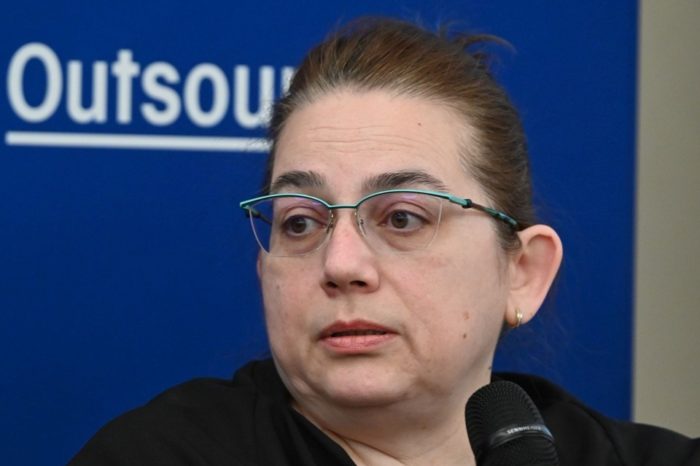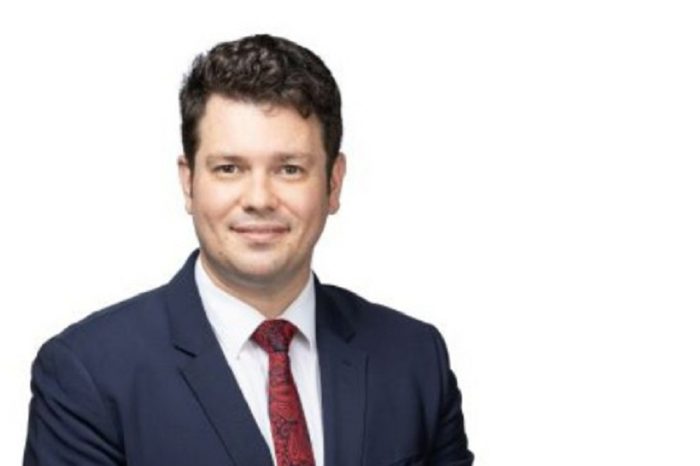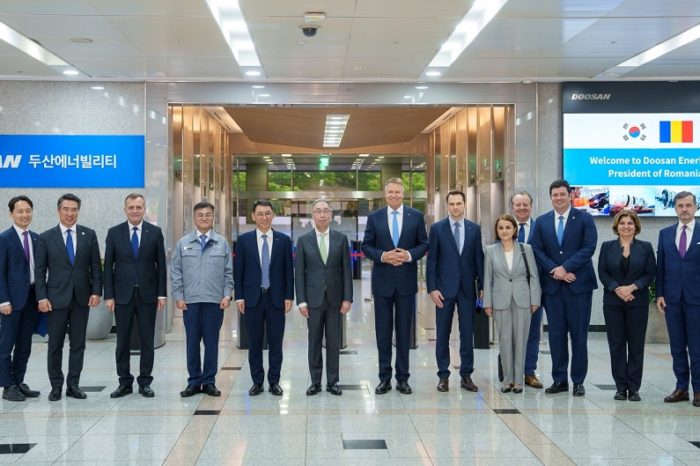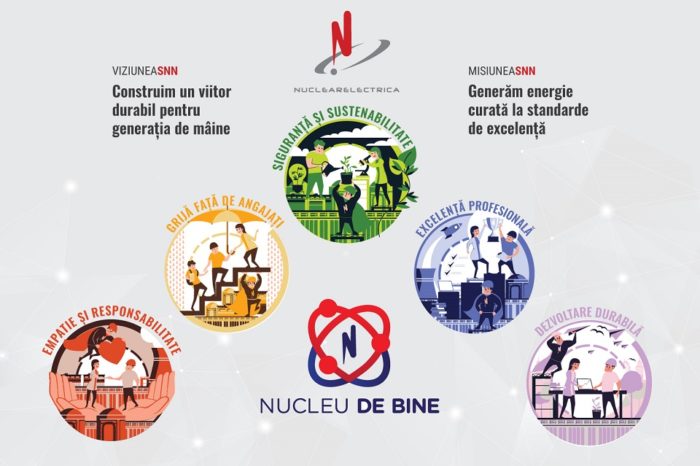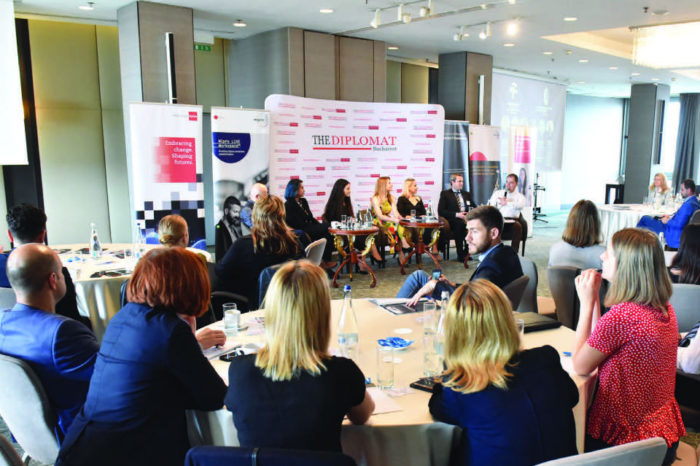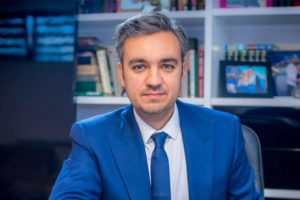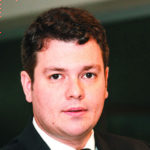Developing nuclear power for clean energy: Interview with Cosmin Ghita, Nuclearelectrica
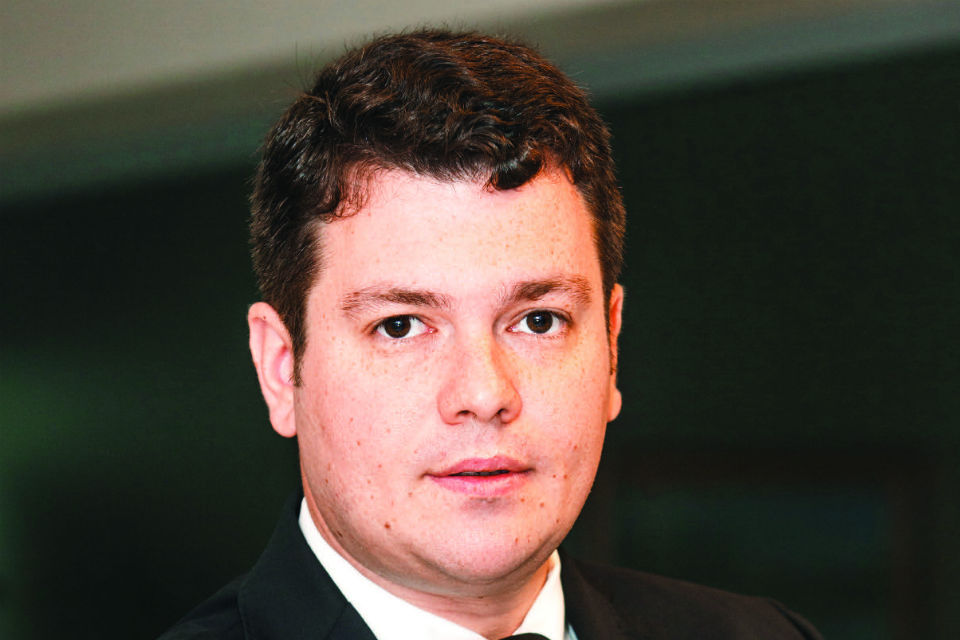
How would you describe your activity so far as the CEO of Nuclearelectrica? What are the challenges and the rewards for those working in this sector?
Just to summarize it before talking it through: intensive and rewarding. Nuclearelectrica is no ordinary company, it is a nuclear operator and producer and this brings to the table a unique set of features, requirements, approaches and strategies. To coordinate a nuclear operator is in fact 100% time and effort hands-on approach ranging from the absolute priority, nuclear safety, right down to the administrative part and related domains. It is very similar to driving on ice, that is being fully engaged and committed to every major aspect of operations and production 24/7. SNN, in addition to being a strategic energy producer in Romania, is one of the best operators worldwide with a solid historical nuclear safety and capability factor performance globally. The biggest challenge is to continue maintain this performance, the biggest reward is when you actually do it.
Furthermore, SNN is a complex economic entity, thus investments, current and strategic, profit, position on the capital market, position on the energy market are a strategic part of the well-being and robustness of the nuclear operator. We strive on reaching the results we set forth, and judging by our results, our efforts have been worth while.
I started my mandate with very clear goals: planning, approval and implementation of the Unit 1 refurbishment, which is a 6-8 year complex project, completion of the detritiation installation project, beneficial both in terms of operations and financially, advancing the 3 and 4 Units Project so we can avoid delays and cost overruns and a new human resources strategy able to retain highly qualified personnel and set the basis for a new generation of specialists. As well, I am fully aware that innovation and trend adjustment comes from active involvement in research and groundbreaking technologies as well as projects that support communities. This is another goal of mine: to have the company involved in expertise and high know-how sharing. Settling for the comfortable and familiar zone won’t get you very far. I know the potential of the company, of the people I work with, so we’ve got the upper advantage.
The challenges are mostly external: procurement legislation which conflicts with the very core of the nuclear safety of a nuclear operator, which causes delays in the investment processes and which, I think, should be adapted to the requirements of the nuclear industry, not the other way around. Market dynamics or alterations could be another major challenge as this might impede predictability and flexibility, two essential attributes of both the market and producers.
How do you see the evolution of the energy industry in 2019?
I equate evolution with investments in new capacities. Investments in the energy industry take time. However, the energy landscape is changing very fast. Just take a look at the changes of the last 6-7 years. Therefore, there has to be a synergy between this change dynamic and installment of new capacities, or refurbishments and modernizations. I do not foresee major changes in the energy industry in Romania I 2019. Yet, again, at international level there is a strong concern over sustainable energy mixes and sources to fit in the new carbon free paradigm.
In line with the 2030 Framework for Energy and Climate Policy, Romania is keen to use its resources to their fullest potential and rely on its own choice of energy mix, as an effective state prerogative. Given this context and Romania’s energy strategy for medium and long-term, the development of nuclear energy through the completion of the Cernavoda Units 3 and 4 Project is envisioned as an important part of the country’s choice of an efficient energy mix capable to meet the objectives of the strategy: decarbonization, energy efficiency, diversity and security of supply, affordability and environment protection.
Based on the directions of the 2030 Framework for Energy and Climate policy, we highly support reaching the targets of decarbonisation through means of technology neutrality and common efforts for the application of efficient support mechanisms in areas where market challenges hamper major investment projects.
We are also strong advocates for the development of nuclear energy as an important contributor to the stable, clean energy mix, not only by nuclear new build or refurbishment, but by also extending innovation and research to develop Generation IV nuclear reactors, such a strategic project, ALFRED, being already in full development process in Romania. That is why Romania gladly adhered to the NICE Future initiative under the Clean Energy Ministerial approach, and I salute this initiative as being a global effort to recognize and benefit from the multiple use of nuclear energy within the framework of the highest nuclear safety standards.
In conjunction with the NICE initiative on the strategic role of nuclear industry development, I would like to highlight the findings of the recent MIT study: nuclear energy is a “firm “source, essential to achieving a deeply decarbonized electricity sector. For most regions, EU included, meeting the 2050 targets requires a mix of resources, mainly firm resources, fact which should be fully accounted for in decarbonization policies and meeting targets. Policies that foreclose a role for nuclear energy directly impact investments in nuclear energy and directly increase the cost of decarbonization. Policies that support decarbonization via a single source directly impact not only the cost and pace of decarbonization, but wholesale markets, generators, energy systems and end consumers.
Decarbonization requires focus on governance, market design, energy prices and costs for all low carbon sources: namely, acknowledging their related contribution without neither foreclosing none, nor highly emphasizing none, rethinking policy frameworks as to allow long-term, capital intensive investments via market prices, revising costs for firm resources.
How would you describe the company’s evolution in 2018 compared to the previous year?
Financially, in 2018, SNN obtained a net profit of de 410,611 thousand lei, 33.9% larger than in 2017. The operational profit (EBITDA) increased by 17.9% as compared to the same period of the previous year, mainly following the increase of operational revenues by 12.7%, influenced by the increase by 12.3% of the revenues from the sale of electricity.
The operating income increased by 12.7%, influenced by the 12.9% increase in the weighted average price of the electricity sold in 2018 as compared to the weighted average price in 2017, within the terms of the sale of a total quantity of electricity over the period January 1 – December 31, 2018 similar to the total quantity sold over the period January 1 – December 31, 2017 (only 0.6% decrease). In 2018 the entire quantity of electricity was sold on the competitive market of bilateral contracts and on the spot market. As compared to the same period of the previous year, the quantity of electricity sold on the competition market of bilateral contracts increased by 17%, and benefited from an increase of the average sale price on this market by 20% (price without Tg), while the electricity quantity sold on the spot market (PZU and PI) decreased by 33%, whereas an average sale price on this market lower by 9% (price without Tg) was registered.
The total value of SNN’s investment program for 2018 was 244,867 thousand lei. As in previous years, Nuclearelectrica S.A. has structured its investment development program on objectives defined in relation to the needs of the production branches (CNE Cernavoda and FCN Pitesti), so as to achieve the highest possible utilization of the production capacity (EAF Energy Availability Factor) the nuclear safety rules and the long-term maintenance of the level of excellence in the operation of the plant. At the same time, the development program aims to respond to the need to modernize/refurbish systems, for both economical reasons (specific consumption reductions, improvement of some parameters characteristic of the processes served, with a positive impact on efficiency) and legal.
In terms of project, we have focused on the Intermediate Fuel Storage Facility – DICA, Modernization and extension Physical protection system; improving the Cernavada NPP response and the nuclear safety functions in case of events outside the design bases, that is constant enhancement of nuclear safety; expanding the lifetime of Unit 1 by rewinding the reactor and refurbishing the main systems, with focus on studies as per the first phase of the project; upgrading the communication infrastructure, setting up the data center according to the TIA 942-1 standard and implementing information security risk mitigation measures. In addition, we actively focused on the detritiation installation, in addition to the refurbishment of Unit 1, Units 3 and 4 Cernavoda NPP Project and we have managed to conclude the Investors’ Agreement in the preliminary form, going ahead in the upcoming period with the set up of the project company, milestones that have occurred after a few years of negotiations.
In terms of capital market evolution, we had a constant increase of the share price and overall a good positioning investors’ relations strategy.
Therefore, I like to conclude that 2018 was a good year for the company and it’s projects in particular and for the long-run of the energy system in general.
What would be the company’s most important milestones in your mandate?
First priority, nuclear safety and in correlation, maintaining the nuclear excellence standard, continuing to rank among the most performant operators in the world, advancing with the refurbishment of Unit 1 as planned both in terms of technological approach and human resources, budget, logistics, gradually increasing the completion degree of the current investments, further implementing the HR strategy with a bidirectional purpose: constant development and formation of the personnel, increasing the retention rate and identification and formation of a new generation of specialists in the perspective of additional 30 years of operation of Unit 1 and Units 3 and 4 Project. Also, establishing a comfort zone regarding the procurement of raw material by gradually implementing the strategy to replace uranium dioxide with uranium octoxide in conjunction with Law 193/2018 to ensure operation and production and support the integrated fuel cycle.
What are the challenges and priorities for Nuclearelectrica in 2019?
Nuclear industry requires mainly long-term planning. This is the very specific of the industry, therefore our strategic projects or measures are structured in such a way. Every year, we advance gradually, as planned, with each of them. This is also the case in 2019, basically it will be a continuation of all the projects mentioned before.
In terms of challenges, I wish a procurement process would last less than 204 days. It will be a lot easier and more efficient for all of us.
How are you dealing with the depopulation problem? What kind of specialists are you looking for and how do you keep your high skilled staff?
We are looking for specialists based on the current needs of the company and we manage to hire them, but mostly we are looking for intelligent young people to form. It takes between 5 and 7 years to form a nuclear specialist and we provide that mentoring full time. We are going to become fully engaged with the academic system and high schools so we can identify our next specialists. We also provide scholarships to university students.
We are doing everything that depends on us to retain the highly qualified personnel. As major part of the migration is due to way higher salaries in nuclear projects abroad, we try to compensate as much as possible the difference. Of course, macroeconomic difference won’t allow reaching the that level of salaries, but providing the people with the balanced financial and non-financial packages in order to have quality render quality in Romania and not elsewhere, has been our major concern. The retention rate is 94%, which is a good one, but I will further improve it.
(From the print edition)


